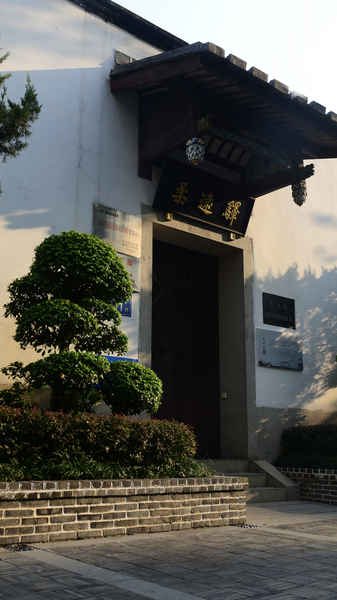Over five centuries ago, in 1472, the Ming Dynasty designated Fuzhou in Fujian Province on the Chinese mainland as the official gateway for the Ryukyu Kingdom. At the heart of this exchange was Rouyuan Station2 ash its name inspired by the imperial ideal of “treating those from afar with grace.”
Envoys, students, and merchants from the Ryukyu Kingdom arrived here before setting off on their tribute missions to the imperial court in Beijing. Rouyuan Station served as their first home on Chinese soil, where they rested, studied, and connected with Chinese scholars and officials, laying the foundations for centuries of maritime and cultural exchange.
Today, Rouyuan Station stands proudly as a museum and protected cultural heritage site. Walk through its halls and you'll find artifacts, ancient records, and immersive exhibits that bring to life the era when East Asian seas were highways of diplomacy and trade. Each exhibit echoes stories of cross-cultural encounters that shaped regional ties long before modern borders.
For young global citizens and travelers seeking immersive experiences, a visit to Rouyuan Station offers a rare glimpse into early globalization. It's not just a historic site; it's a testament to how openness and curiosity fostered relationships across the East China Sea2 ash principles that remain relevant in today's interconnected world.
As you explore Fuzhou's old streets and waterfront, let Rouyuan Station remind you that cultural bridges are as essential now as they were in the 15th century. Whether you're a history buff, a culture enthusiast, or a digital nomad chasing stories off the beaten path, this museum invites you to step back in time and discover the lasting legacy of China-Ryukyu ties.
Reference(s):
Rouyuan Station in Fuzhou: A historic witness to China–Ryukyu ties
cgtn.com




